One morning, years ago, while camped at the western edge of Yellowstone National Park, I awoke to a rich wild-animal stench. A smell of upturned earth and wet fur filled the air, and in my half-sleep I perceived what seemed to be a wall blocking the sky that hadn’t been there when I’d gone to bed.
Unzipping the tent, I was stunned to see 1,500 pounds of towering, living flesh: an adult bison, no more than three feet from my nose, gently ignoring me as it nibbled on the grass, its great god-like head dreadlocked with mud and swaying softly as it ate. And at the sight of the creature I found myself frightened and awed and full of love and respect and a desire to talk.
“Hey bud,” I said.
Then I became aware of a low grunting and snorting in the quiet of the forest, and the sound of many mouths chewing, many hooves pawing and prodding and moving about.
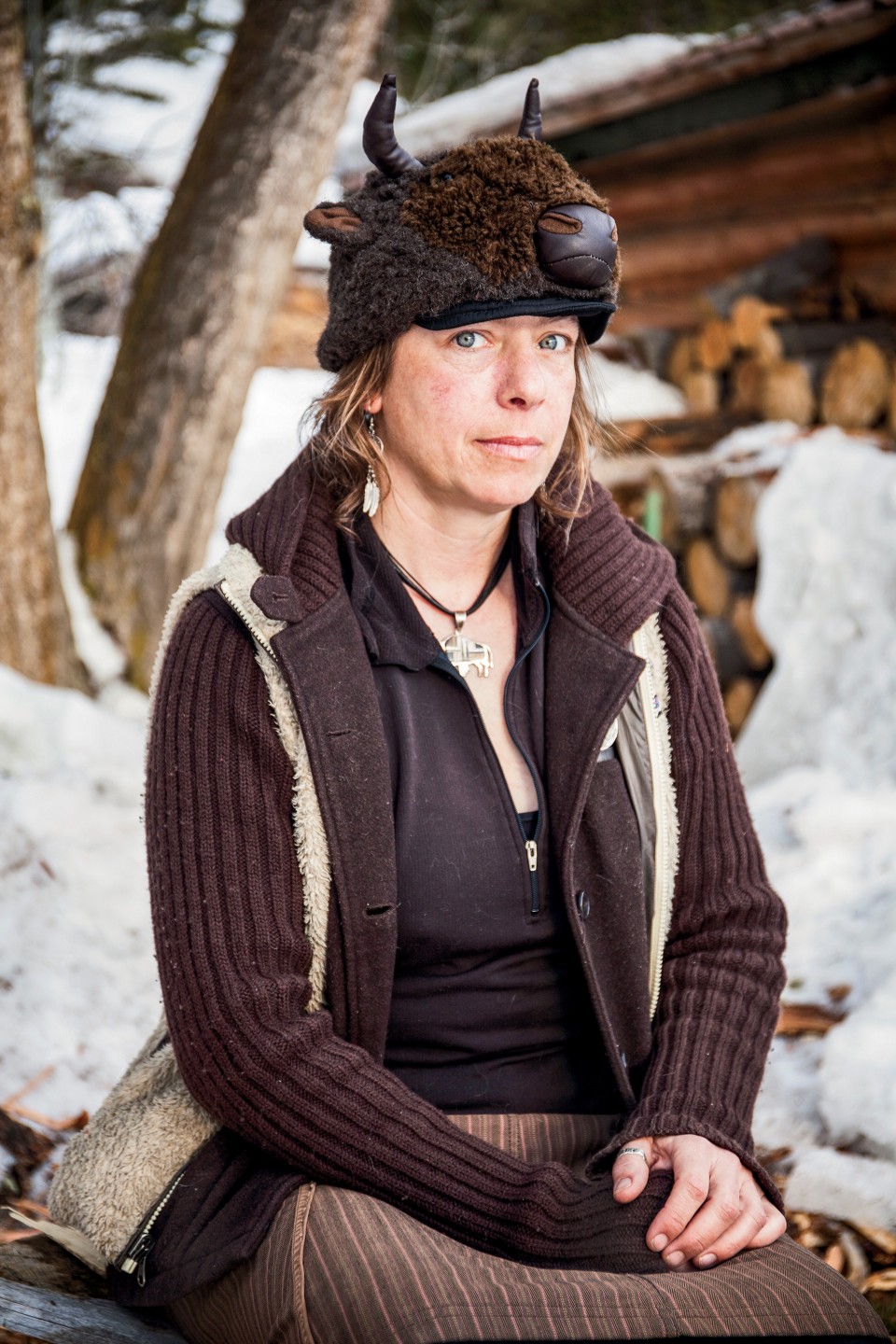
(Photo: Michelle McCarron)
It was springtime, when the bison migrate to calving grounds, and a herd had surrounded my tent. But it moved on quickly, and when the animals had passed beyond the narrow view afforded by the tent door, I stumbled half-naked into the light and followed them to the edge of the Madison River, which they forded in a kind of snorting conga line. There were 50 or so, mothers and bulls and calves, and there was power and grace and terribleness in their crossing of the water.
The Yellowstone bison population — consisting of around 4,900 animals — is an extraordinary example of the preservation of a species that might have been lost. In the 19th century, as the white man descended on the West with his rifles and railroads and shrewd business sense, tens of millions of bison were slaughtered for the sale of skins and meat back East. A more sinister motivator than greed was also at work: the goal of crushing the rebellious Plains Indians by removing their supply of food. The slaughter of the bison, called, colloquially, the buffalo, ranks as one of the largest and most rapid losses of biomass at the hand of man in modern history. A few stragglers survived. Their descendants — those that have been continuously living in the wild, the only genetically pure and free-roaming bison today — are the ones living in Yellowstone.
This is a fraction of the estimated 30 to 60 million bison that once roamed North America. The wild bison is ecologically extinct throughout its former range. There are, of course, hundreds of thousands of buffalo in this country stuck behind fences, domesticated for meat production, often adulterated with cattle genes through interbreeding. They are not true bison. They do not roam; they are not free.
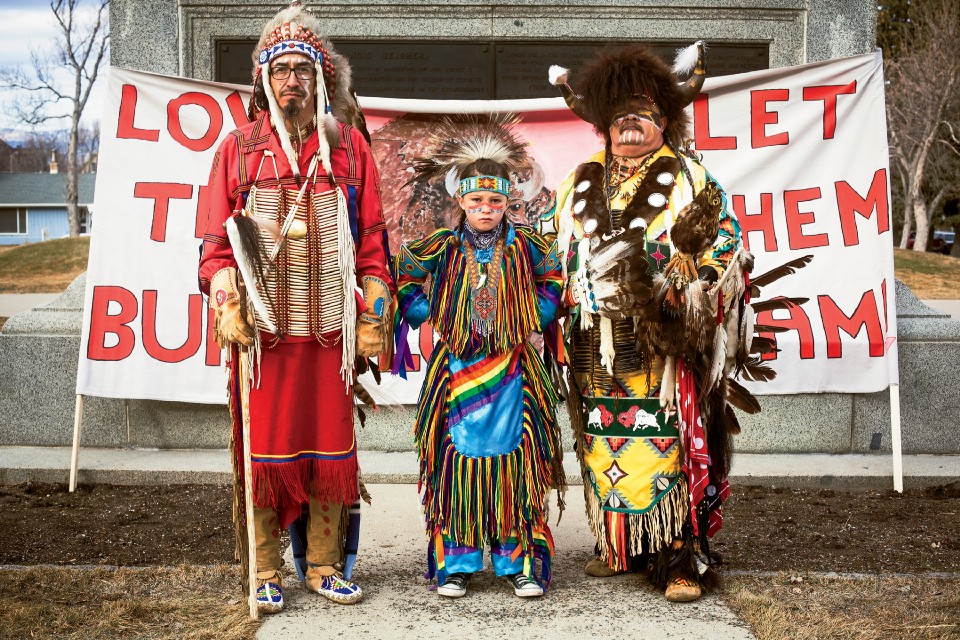
(Photo: Michelle McCarron)

(Photo: Michelle McCarron)
In May 2016, President Barack Obama signed into law the National Bison Legacy Act, which declares the species Bison bison to be our national mammal, the ambassador of the wild American West. This may mean something to the American people, but it is meaningless to the bison. The irony is that the legislation does nothing to protect the Yellowstone buffalo, the most iconic herd of wild ungulates in the nation.
And make no mistake, it is a herd under assault. Another iconic figure of the West, the cowboy, has organized a regime of persecution against the Yellowstone bison, and the National Park Service, under pressure from the politically powerful cattle industry, has implemented it. Stockmen who graze their cows on public lands adjacent to the park claim that bison carry a disease that threatens the health of their cattle. There is no scientific basis for this claim. There is not a single documented case of the disease, brucellosis, being transferred from wild bison to cows.

Nevertheless, the fate of our national mammal is being decided by ranchers who seem to think bison are the enemy, science be damned. As a result of a lawsuit led against the Park Service in the 1990s by the Montana Department of Livestock, the Interagency Bison Management Plan was created to facilitate cooperative decision-making among stakeholders, which today include the Park Service, several Montana state agencies, and three tribal entities — but the bison have no voice. Under the IBMP, bison that roam outside the Yellowstone park boundaries face a multitude of abuses. Some are harassed back into the park by men on horseback, in pick-up trucks, and even in helicopters. Some are captured, quarantined, and tested for brucellosis. Some are sent to slaughter, whether they have the disease or not. Since the animals are not supposed to roam beyond park boundaries, the National Park Service, along with other IBMP agencies, must cull (read: kill) a percentage of the herd annually — in recent years, it’s been about 20 percent — to keep the population within what they claim is the park’s carrying capacity.
We’re talking about the National Park Service — whose mission includes preserving “native wildlife species and the processes that sustain them,” whose logo is emblazoned with the figure of a bison — helping to kill hundreds of healthy wild bison each year because ranchers fear transmission of a disease that has never once been documented to have been transferred to cattle in the wild. Not only does the Bison Legacy Act fail to protect the last wild buffalo herd, it ensures the persecution will continue. “Nothing in this Act,” it states, “shall be construed or used as a reason to alter, change, modify, or otherwise affect any plan, policy, management decision, regulation, or other action by the Federal Government.”
While people across the country were busy celebrating the 100th anniversary of the national parks this year, our national mammal was being demonized, brutalized, and effectively caged in what amounts to a Yellowstone National Zoo. If this is the sum of respect for our nation’s great symbols, then I say killing wild bison is no different than burning an American flag.
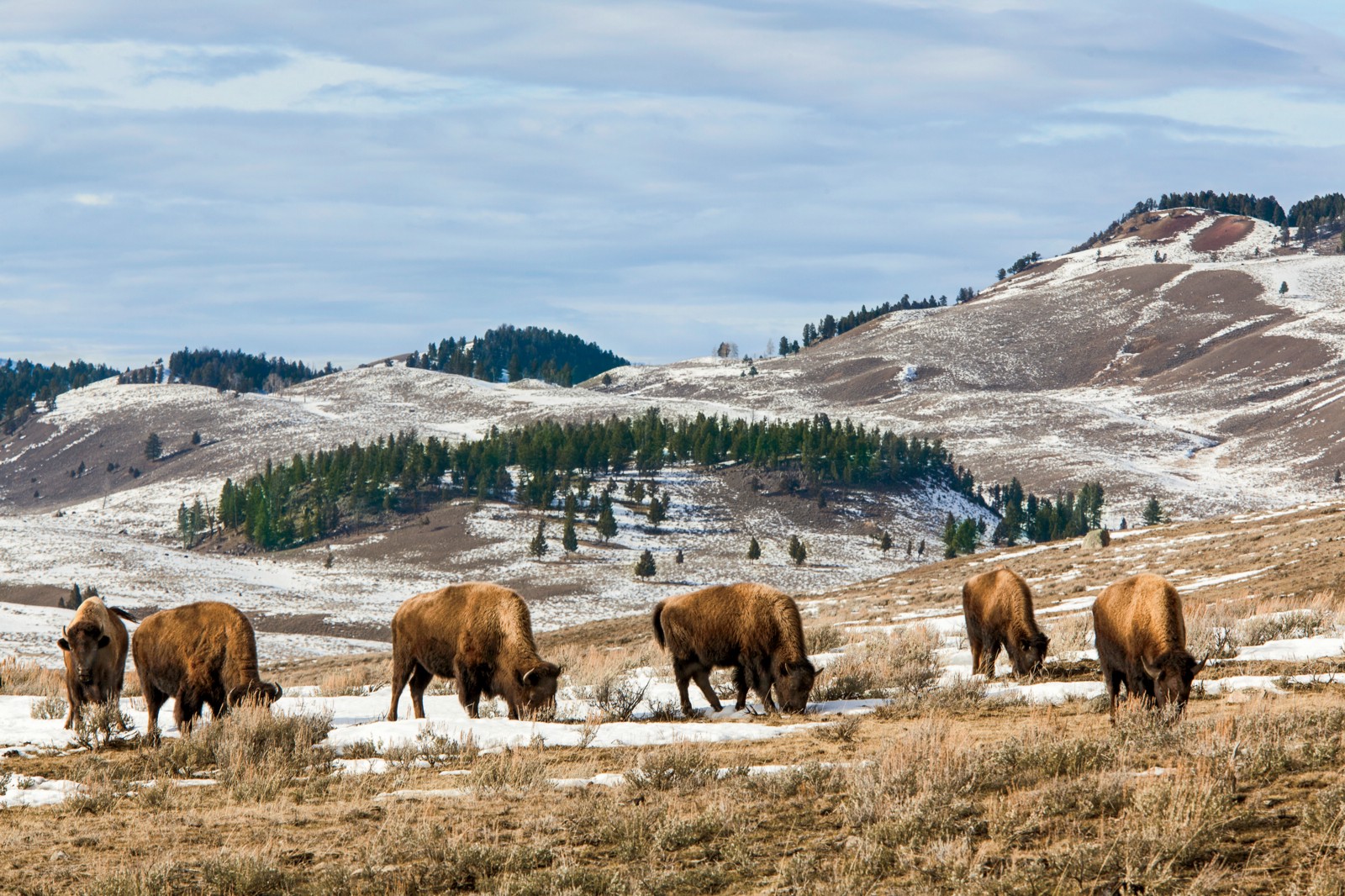
(Photo: Michelle McCarron)
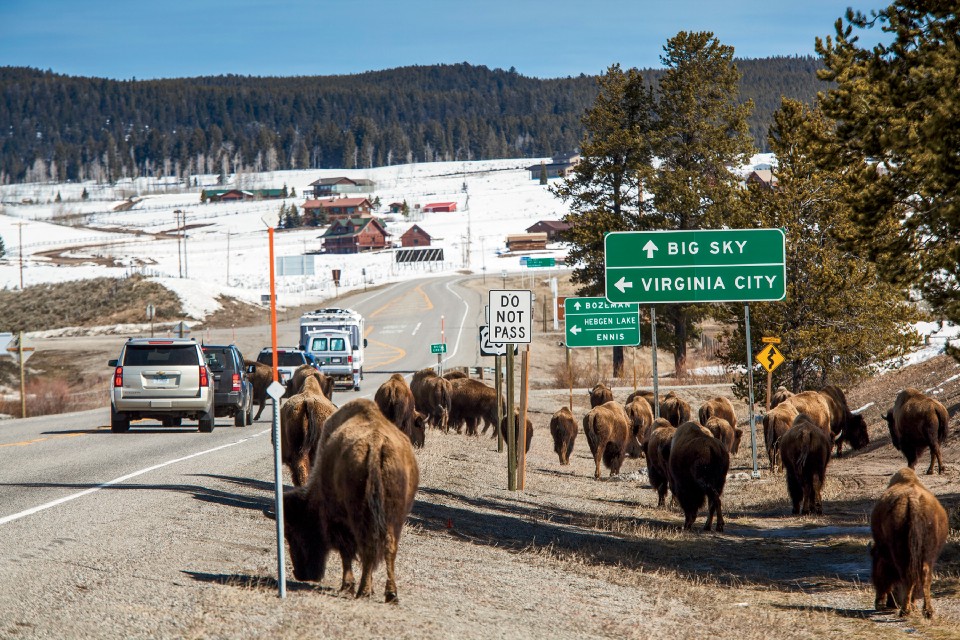
(Photo: Michelle McCarron)
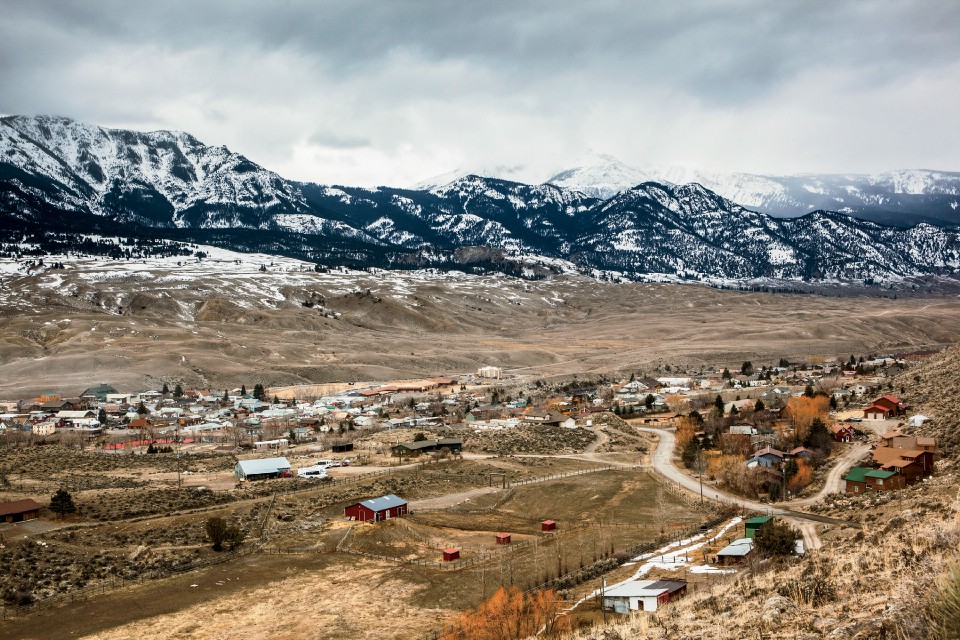
(Photo: Michelle McCarron)
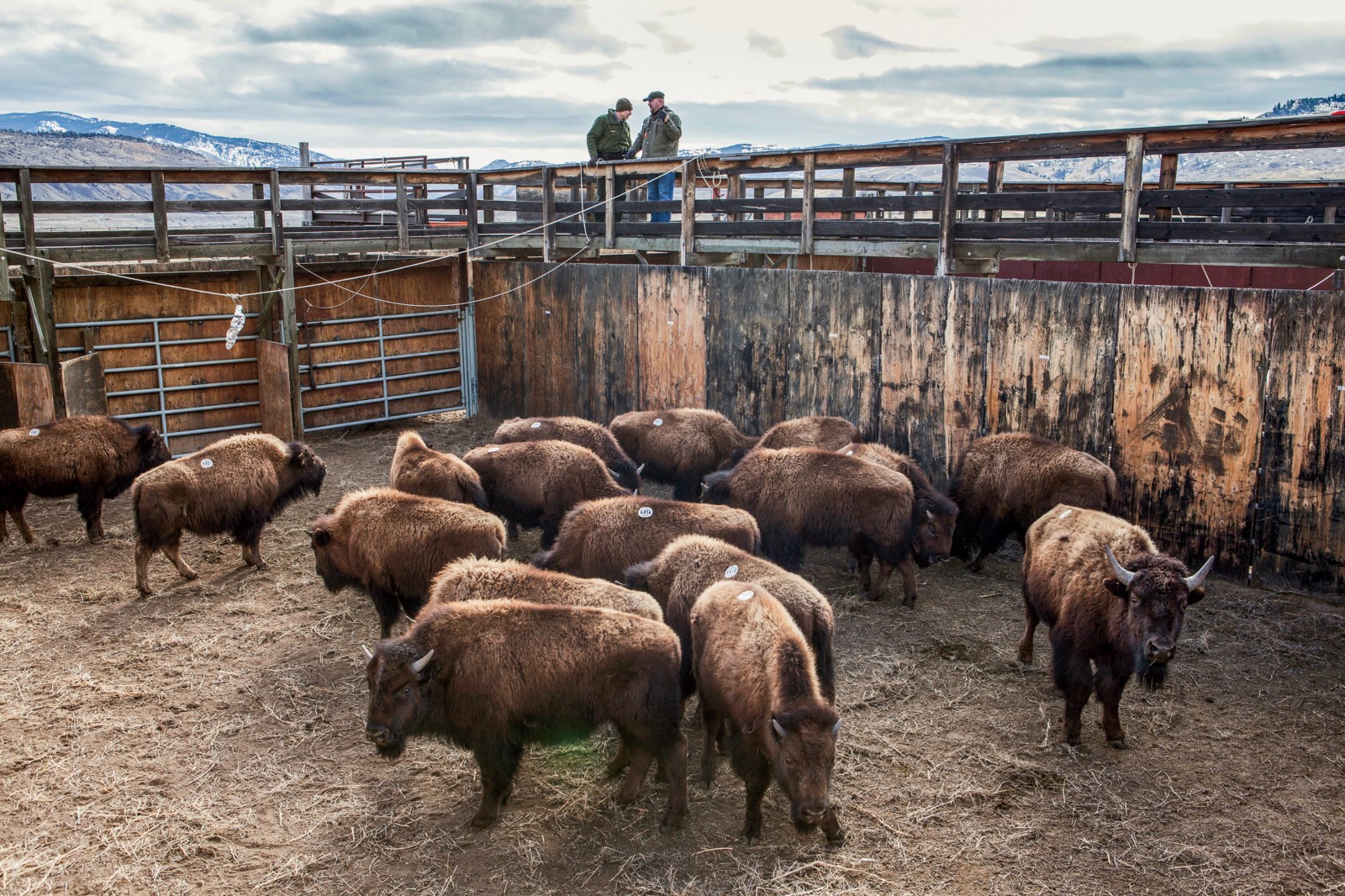
(Photo: Michelle McCarron)
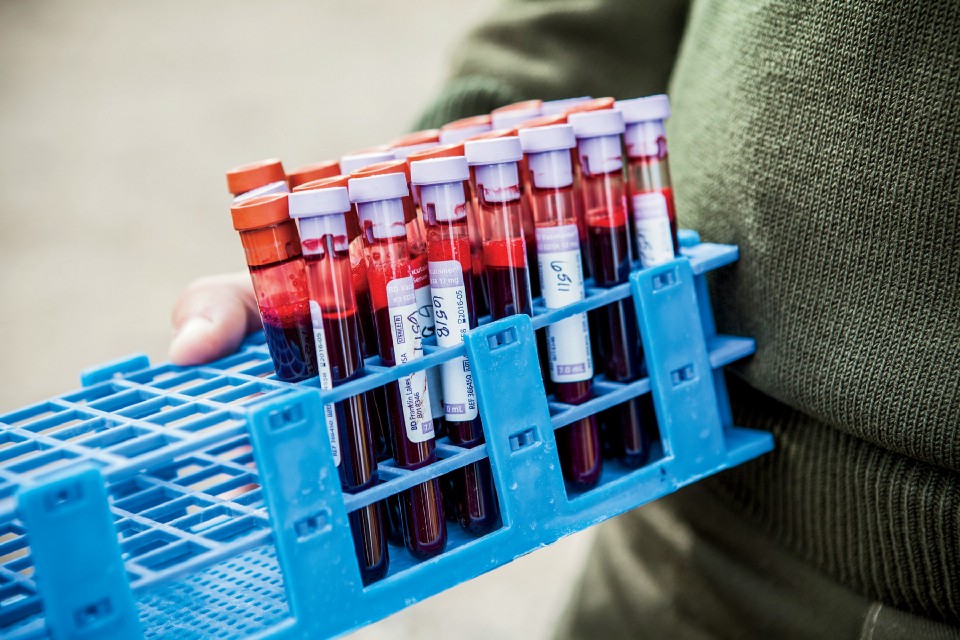
(Photo: Michelle McCarron)
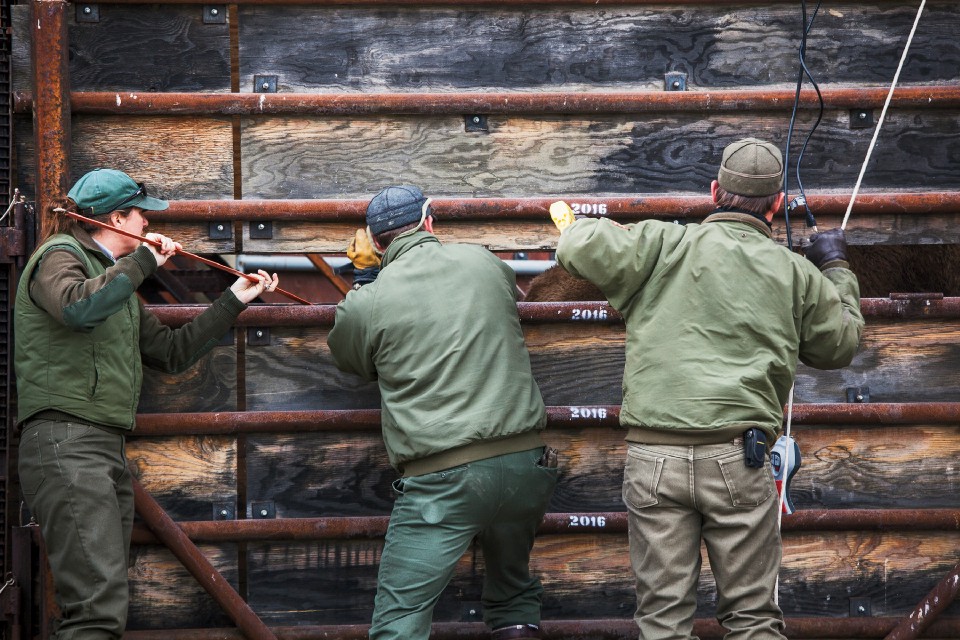
(Photo: Michelle McCarron)
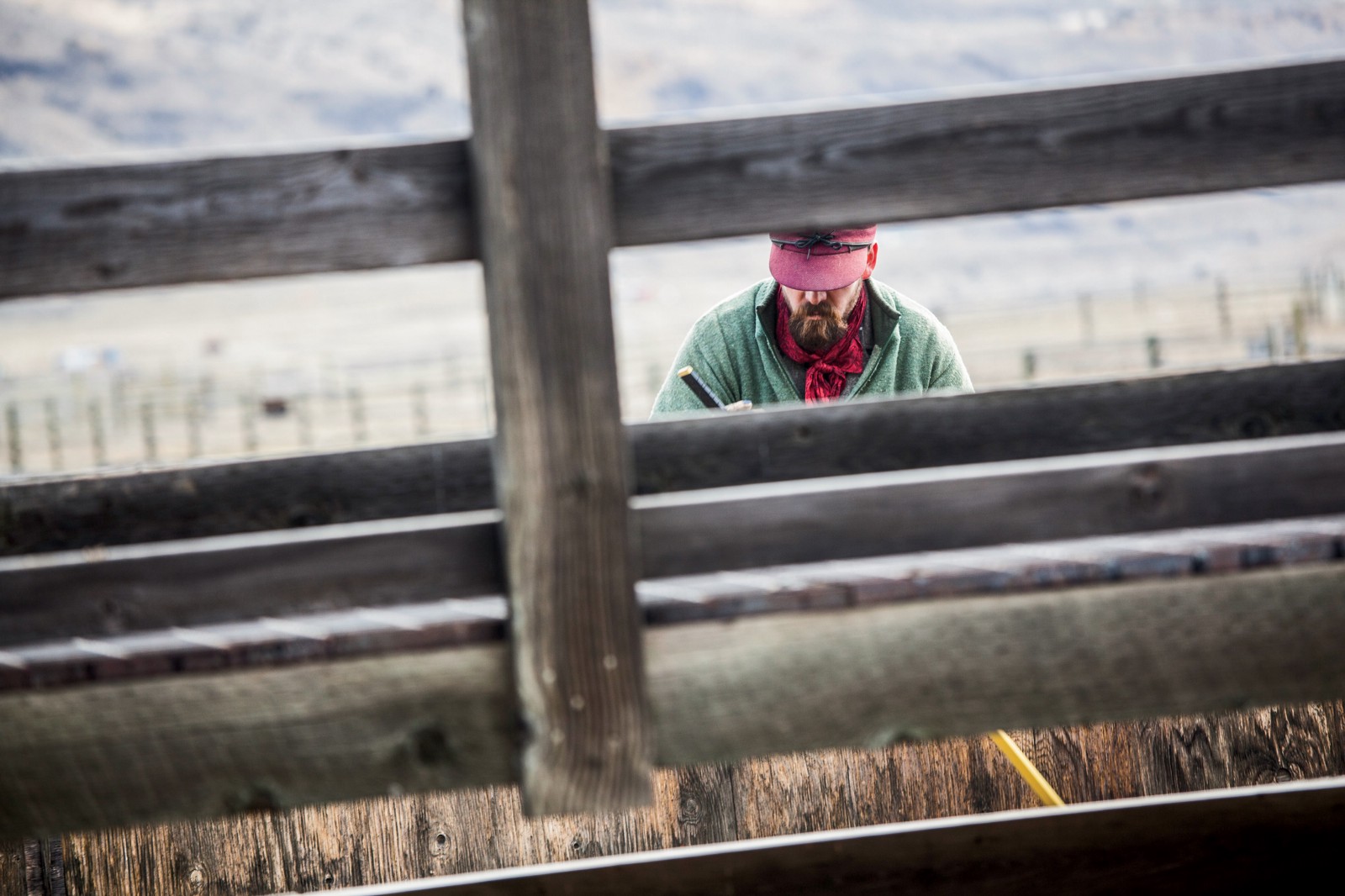
(Photo: Michelle McCarron)
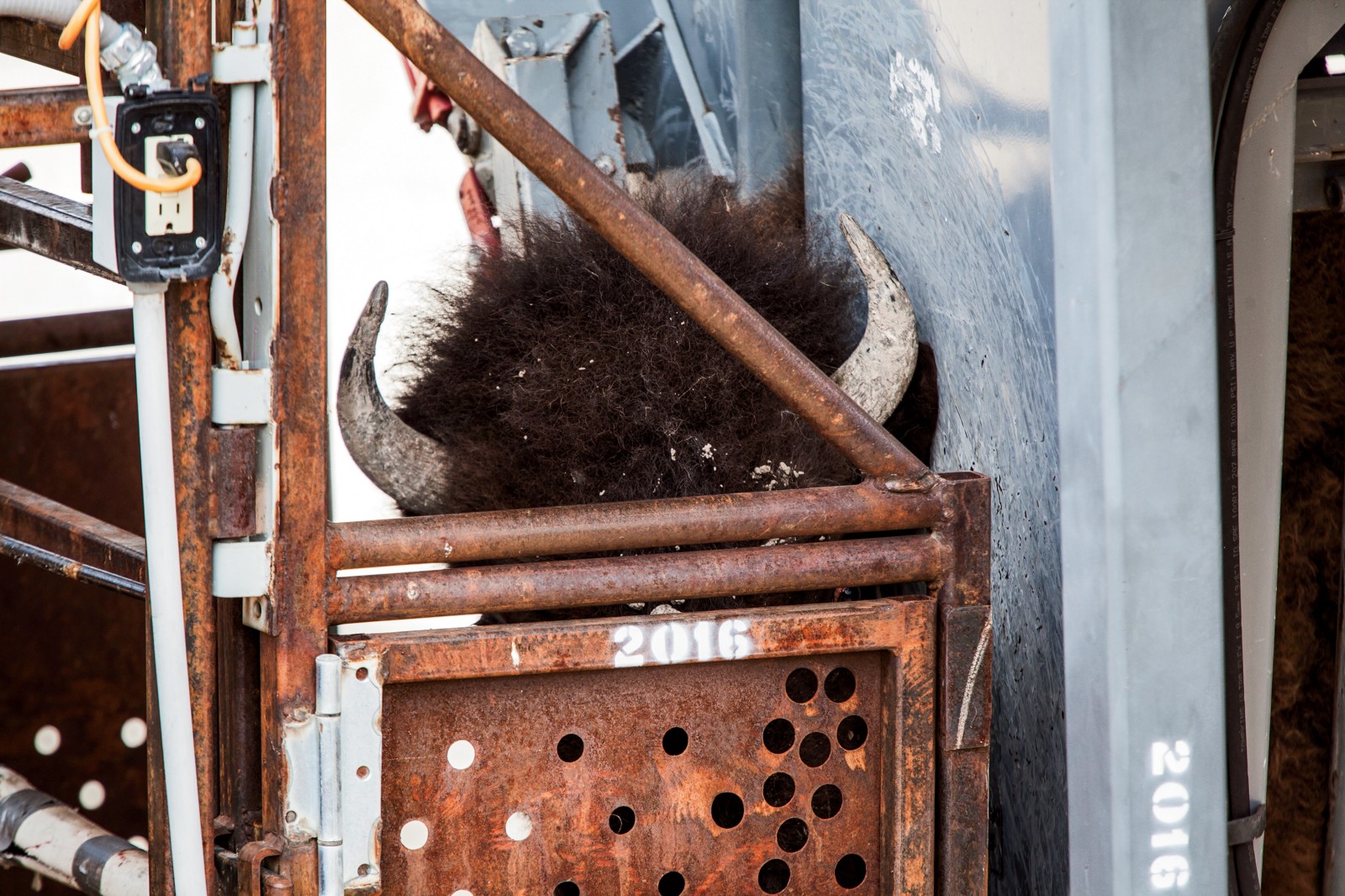
(Photo: Michelle McCarron)





